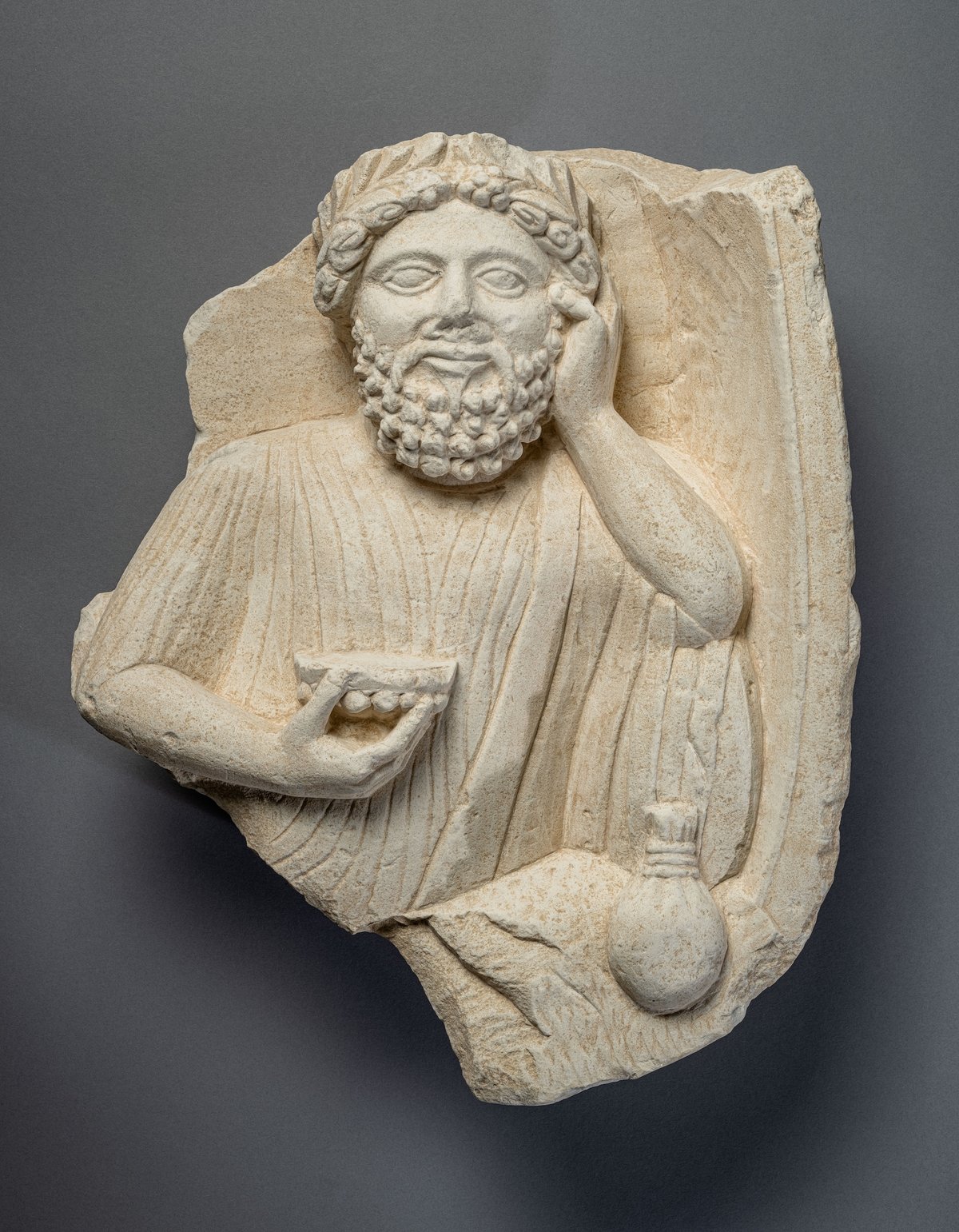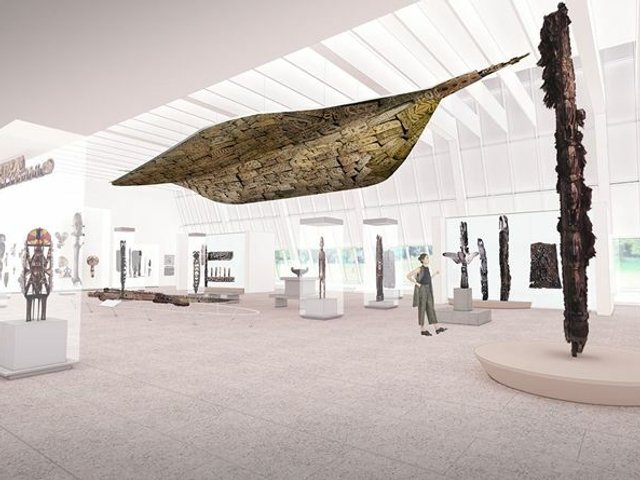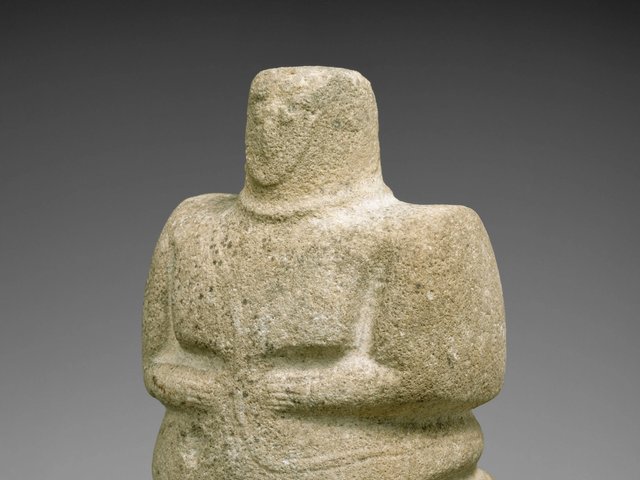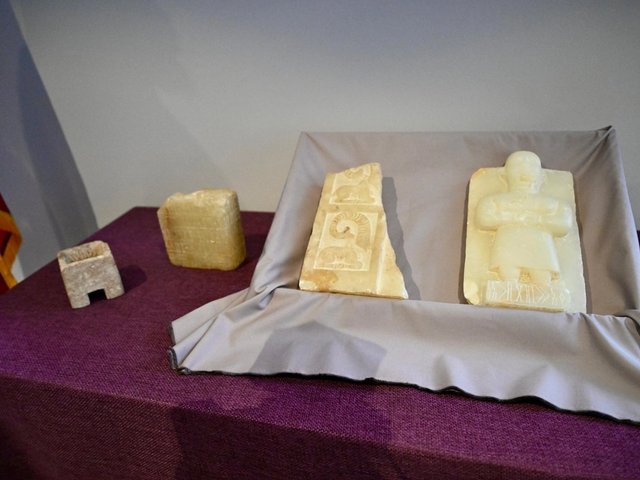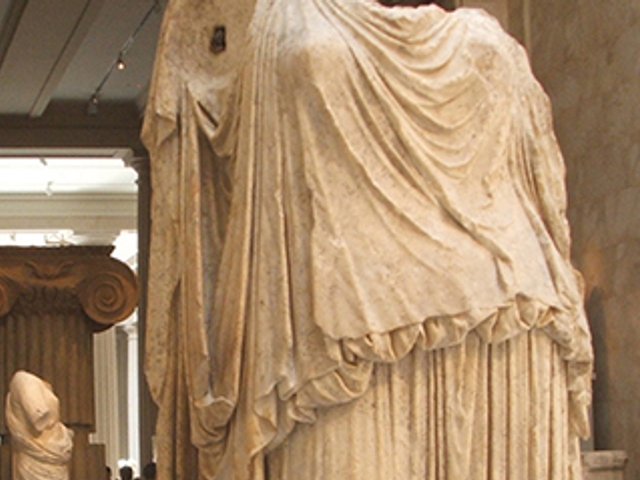In 1928, John Ringling of the Ringling Bros circus acquired around 3,300 pieces of ancient Mediterranean art that had been in the collection of New York’s Metropolitan Museum of Art (Met). The auction sales made headlines and put the man known as the “circus king” on the map as a major art collector. Today, the John and Mable Ringling Museum of Art in Sarasota, Florida, has the third-largest collection of ancient Cypriot art in North America—behind the Met and the Penn Museum in Philadelphia.
“It was John’s idea to build this museum in Sarasota, when there was really nothing comparable in the entire region, and he is collecting on a very grand scale while he is building,” Sarah Cartwright, the Ringling’s chief curator, tells The Art Newspaper. Ringling was especially prolific in collecting paintings by European masters like Titian, Peter Paul Rubens and Diego Velázquez.
“It’s not surprising to me that he would have wanted a collection of ancient art to tell the story of the classical underpinning of the later European art,” Cartwright adds, “but I think it’s interesting that he takes the opportunity to buy material that is from Cyprus rather than from mainland Greece or even ancient Rome.”
Ringling had plans for a grand pavilion to display these objects, ranging from limestone statues of deities adorned with red paint to silver jewellery decorated with animals. The 1929 stock-market crash, followed by Ringling’s death in 1936, led to the work largely remaining in storage aside from a few temporary exhibitions. Nearly a century later, the Ringling Museum is finally opening its first permanent ancient-art gallery this weekend.
“There are objects that have never been on view before, and even if something has been on view, it’s going to be seen in a completely new way,” says the archaeologist and art historian Joanna S. Smith, who guest curated the installation with Cartwright. Putting this work on view involved a decade of conservation, reinterpretation and research to contextualise not just the history of objects that date back to the Early Bronze Age but also how they came to Florida. Much of the work Ringling purchased in 1928 had been collected by Luigi Palma di Cesnola, the Met’s colourful first director, between 1879 and his death in 1904.
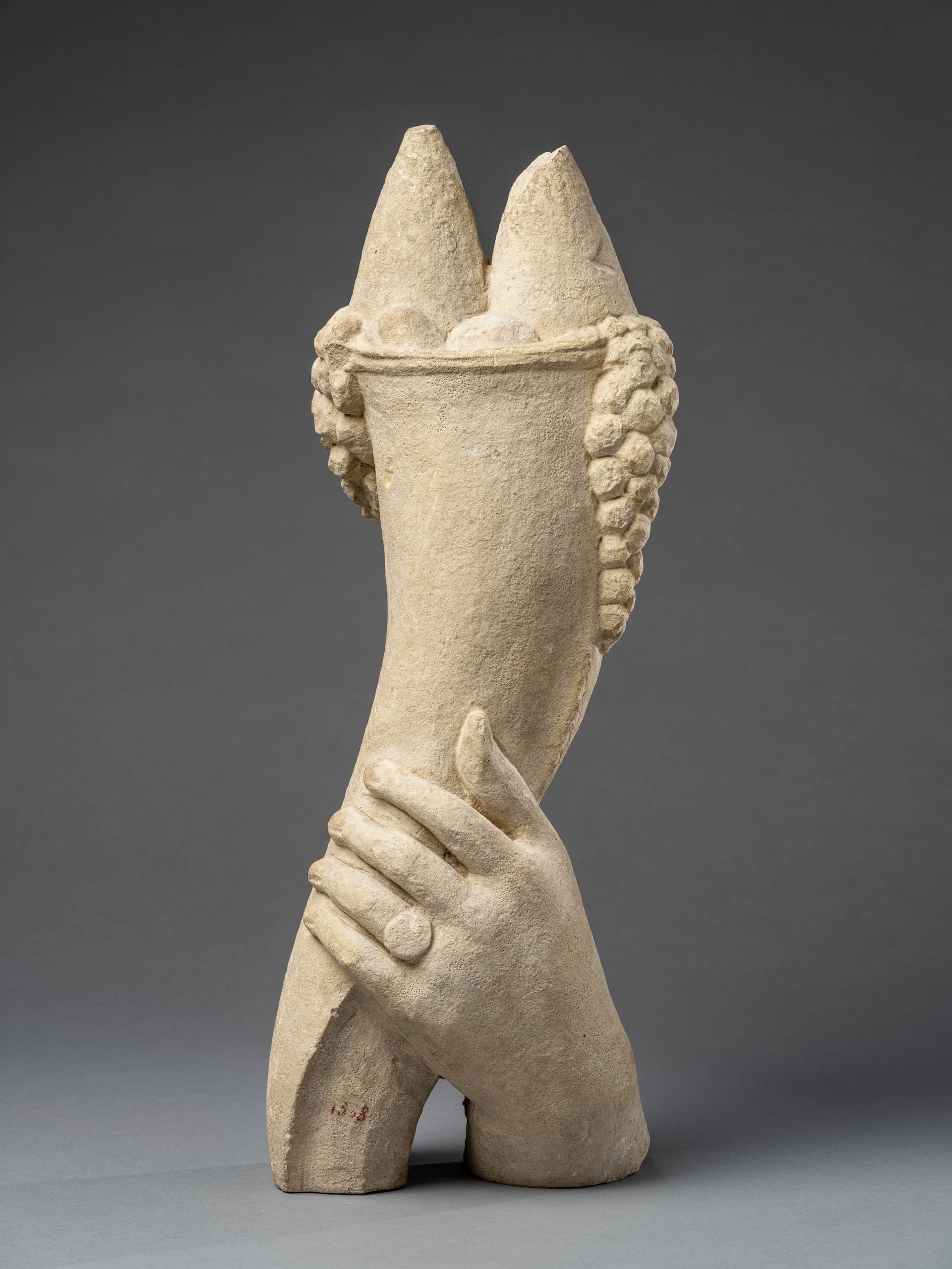
Left hand of a statue holding a double cornucopia filled with grapes and other fruit and wearing a finger ring with oval bezel from the early Hellenistic Period (3rd century BC), Cyprus Courtesy the John and Mable Ringling Museum of Art, Sarasota, Florida
“He was not a trained archaeologist; he was primarily a military man,” Smith says of Di Cesnola. “He trained as a soldier in Italy before he moved to the United States in 1858, where he was a hero in the Civil War, which is how he then became an American citizen and was appointed the US consul to Cyprus. His aim was to find something that would attract the attention of the US government to the importance of the Cypriot economy and culture.”
That something turned out to be antiquities, and while Di Cesnola was stationed in Cyprus from 1865 to 1876, he collected thousands of objects. However, he did not keep notebooks or plans when excavating tombs and sanctuaries, and he sometimes fictionalised his finds to be from a single treasure chamber rather than separate sites. Essential to exhibiting these objects was retracing Di Cesnola’s steps as much as possible through archival material. “It’s been an interesting detective hunt to find all of this past information,” Smith says.
The curators also determined that although the 1928 sales were characterised by the Met’s trustees as “duplicates” or “similar in character” to their collections, many pieces now at the Ringling Museum are rare or unique. They further reconsidered how ancient art is often displayed to offer context for how it would have been experienced. One highlight is a group of 50 statues from a sanctuary dedicated to Apollo, evoking how hundreds of these limestone figures would have filled the space as votive worshippers. The Ringling Museum also plans to periodically rotate in objects as a nod to the Cypriot practice of burying votive offerings to make space for new tributes.
The diversity of the collections reflects how Cyprus, as a major centre for seafaring routes and trade for its rich resources of copper, had influences ranging from Egyptian and Aegean to Mycenaean and Persian.
“Cypriot artists were always seeing what was going on elsewhere, then making it their own,” Smith says. “It’s a very valuable lesson for us today to learn from their innovation and creativity, and the vitality that can be gained by living in a world with all different kinds of people and sources of inspiration.”


